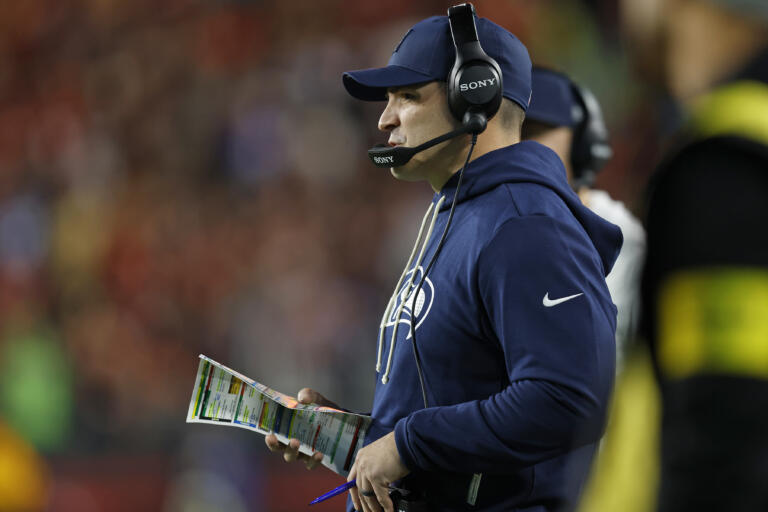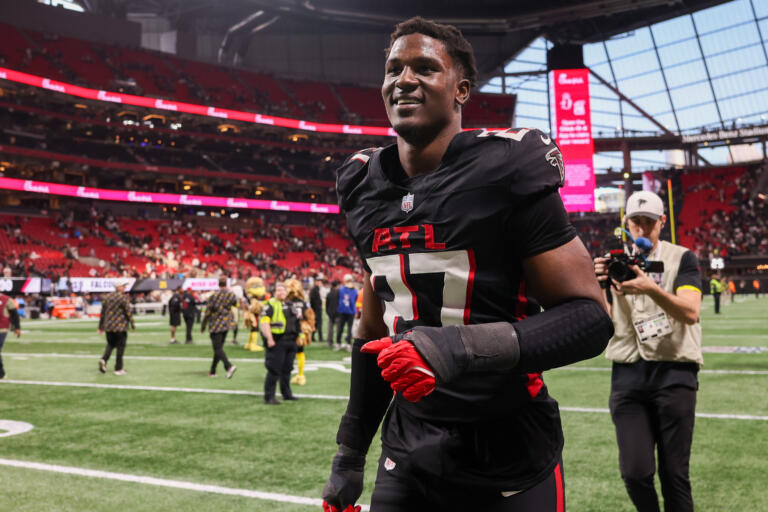
The San Francisco 49ers’ history is filled with remarkable achievements, legendary players, and unforgettable moments. Since their founding in 1946, the 49ers have built a legacy of excellence through a strong work ethic, discipline, and a winning mentality. Read on to discover more about their fascinating history.
Gold Rush Inspiration (1946)

“49ers” reflects California’s history and association with the 1849 Gold Rush. That year, thousands of prospectors, called “forty-niners,” moved to the area in hopes of striking gold. The team adopted this identity to symbolize the pioneering spirit and relentless pursuit of success.
The Million Dollar Backfield (1950s)

During the 1950s, the 49ers housed one of the most formidable backfields in NFL history, dubbed the “Million Dollar Backfield.” This group included Y.A. Tittle, Hugh McElhenny, Joe Perry, and John Henry Johnson. But despite their talent, the team couldn’t translate individual success into championships.
First Playoff Appearance (1957)

The 49ers made their first playoff appearance in 1957, where they faced the Detroit Lions. Their initial advantage was suddenly upturned by a late-game comeback by the Lions. Though disappointing, this playoff was a major milestone in establishing the team’s potential.
Eddie DeBartolo’s Leadership (1977)

Eddie DeBartolo Jr. took ownership of the 49ers in 1977 and made the team one of the most successful franchises in NFL history. Despite some legal troubles that led to his departure from the team in 2000, DeBartolo remains one of the most beloved figures in the 49ers’ history.
Rise of the West Coast Offense (1979)

Bill Walsh helped the team develop and perfect the “West Coast offense” during his tenure. This offensive system emphasized short, horizontal passing routes designed to create yards after the catch. It was a stark contrast to the more traditional run-heavy offenses of the time.
The Joe Montana Era (1979)
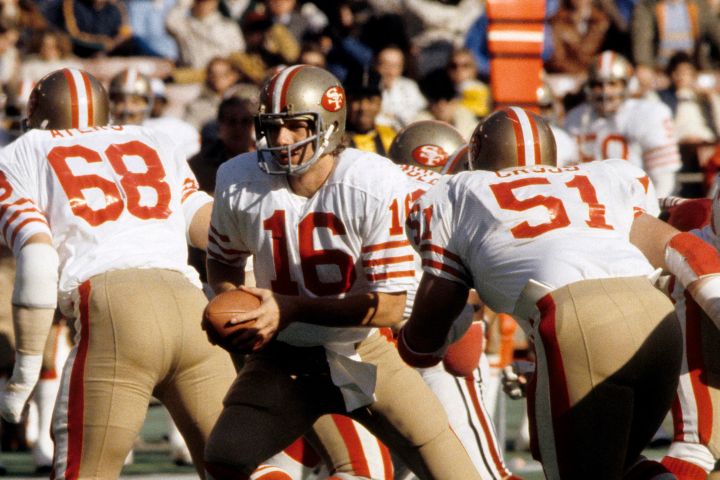
Joe Montana, nicknamed “The Comeback Kid,” led 31 fourth-quarter comebacks, including some of the most memorable in NFL history. His most famous comeback was in Super Bowl XXIII when he led a 92-yard drive in the final minutes to secure a victory over the Cincinnati Bengals.
First Super Bowl Win (1981)

Their first Super Bowl came in 1981 after defeating the Cincinnati Bengals in Super Bowl XVI. Quarterback Joe Montana led the team to a 26-21 victory, concluding a season in which the 49ers had gone 13-3. This victory solidified their place as a significant NFL franchise.
1980s’ Success (1981, 1984, 1988, 1989)

In the 1980s, the 49ers won four Super Bowl titles in nine seasons. Under legendary head coach Bill Walsh, they adopted a sophisticated passing offense and a smothering defense. Their star players included quarterback Joe Montana, running back Roger Craig, and wide receiver Jerry Rice.
The Jerry Rice Era (1985)
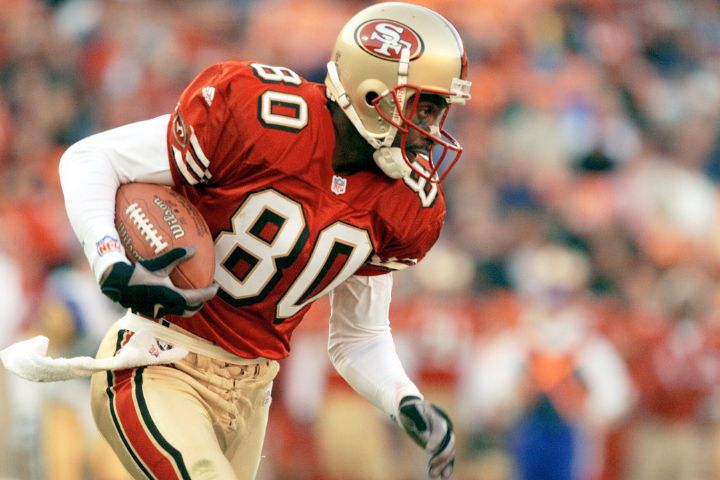
Jerry Rice is considered the greatest wide receiver—and possibly the greatest player—in NFL history. Over his 20-year career, he set nearly every major receiving record, many of which still stand today. Rice was a 13-time Pro Bowler, 10-time First-team All-Pro, and three-time Super Bowl champion.
The Steve Young Era (1992)

After Joe Montana’s departure, Steve Young took over as the 49ers’ starting quarterback. He became known as one of the most dangerous quarterbacks of his time. In 1994, he led the 49ers to a Super Bowl victory, throwing a record six touchdown passes in Super Bowl XXIX.
Decline and Rebuilding (2000s)

The retirements of key players like Steve Young and Jerry Rice in the early 2000s significantly declined the 49ers’ performance. Multiple coaching changes and inconsistent quarterback play led to several losing seasons, but the team remained focused on rebuilding and returning to prominence.
The Harbaugh Era and Super Bowl XLVII (2012)
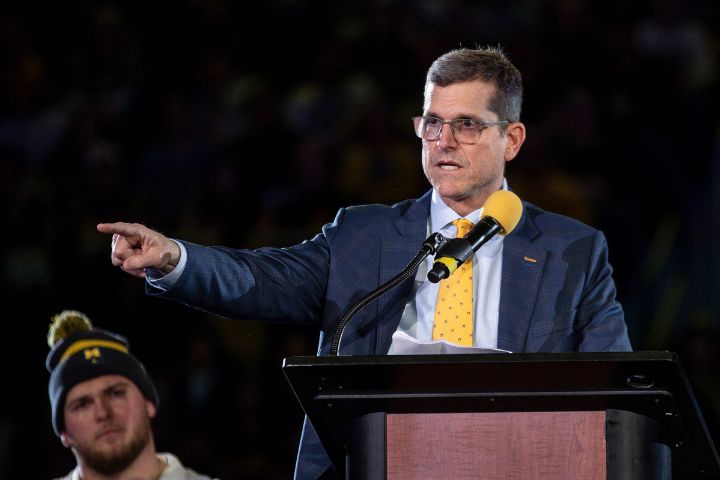
Jim Harbaugh joined the team in 2012 as the new head coach. He helped the team through the NFC Championship Game and to the Super Bowl XLVII. Although the 49ers lost to the Baltimore Ravens 34-31, it marked their return to prominence.
Levi’s Stadium (2014)

In 2015, the team opened Levi’s Stadium in Santa Clara, bringing their 54-year tenure at Candlestick Park to an end. Levi’s Stadium is a state-of-the-art facility and has hosted major events like Super Bowl 50. The move symbolized the franchise’s efforts to modernize and continue building its legacy.
Super Bowl LIV Appearance (2019)

The 49ers made another Super Bowl appearance in 2019 under head coach Kyle Shanahan. Led by a dominant defense and an efficient running game, the 49ers finished the season 13-3 and advanced to Super Bowl LIV. There, they faced the Kansas City Chiefs but lost 31-20.
Hall of Fame Talent

Over the years, the 49ers have produced many great players who have been inducted into the Pro Football Hall of Fame. Joe Montana, Jerry Rice, Steve Young, Ronnie Lott, and Charles Haley are just a few of the legendary players who wore the 49ers’ red and gold.




